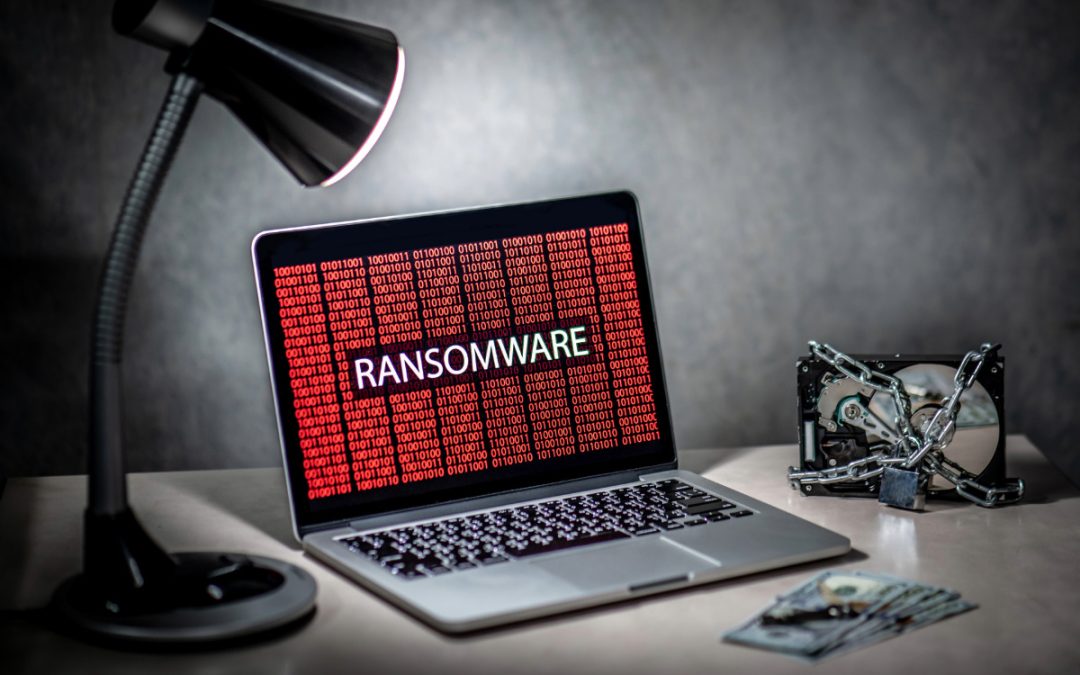The University of Minnesota data breach has raised eyebrows and concerns in educational and business communities. This incident compromised the personal information of students, faculty, and employees, the scale of which is still unclear. We’ll examine the details of the breach, how the university responded, and what some of the key takeaways are to reduce the likelihood of a similar incident.
Table of Contents
Legal Consequences of the Data Breach
What the University Is Doing in Response to the Incident
Key Takeaways From The University of Minnesota Breach
The Role of Technology in Cybersecurity
About the University of Minnesota
Conclusion and Future Outlook
The University of Minnesota Data Breach Incident
The University of Minnesota confirmed a data breach that compromised the personal information of students, faculty, and employees. The breach was initially reported by a hacker claiming to have accessed 7 million Social Security numbers. The university started its investigation on July 21, 2023, and found that the affected data was from 2021 or earlier. The breach may have exposed names, addresses, and Social Security numbers, among other personal details, but didn’t compromise donation, medical, password, or credit card information.
Legal Consequences of the Data Breach
The University of Minnesota is under legal scrutiny as multiple lawsuits have been filed against it, alleging insufficient data protection measures. One of these lawsuits has been filed by Jasmyn Martin, a former women’s volleyball player for the university, alleging that the institution did not adequately protect students’ private data. While the exact scope of the breach remains unconfirmed, it has raised concerns over the exposure of sensitive information.
The legal actions point to a violation of the Minnesota Government Data Practices Act, which requires organizations to establish enough security safeguards for personal data. The breach has drawn attention to the importance of robust cybersecurity measures. With personally identifying information involved dating as far back as 1989, it’s an important lesson for others to learn from.
What the University Is Doing in Response to the Incident
In response to the data breach, the University of Minnesota has taken multiple steps to secure its information systems and protect the affected individuals. They started an investigation upon learning of the breach and are assessing the hacker’s claims and the security of their systems. They have also increased data access control measures, expanded multi-factor authentication (MFA), and enhanced monitoring for suspicious activities.
Additionally, the university is cooperating with appropriate law enforcement and regulatory agencies. The university is offering 12 months of free credit and identity monitoring services to support those potentially affected. The institution has emphasized that scans of its electronic systems have not revealed any unusual activity related to this incident.
Key Takeaways From The University of Minnesota Breach
When we look at how the University of Minnesota handled its data breach, we can see both good and bad points. These become especially clear when we compare their actions to what experts recommend for cybersecurity.
What They Did Right
Quick Investigation: The university promptly initiated an investigation upon learning about the breach. Quick action is crucial for assessing the scope of a breach and taking steps to contain it.
Expert Consultation: The university engaged global forensics experts to evaluate the situation. Bringing in third-party experts can provide an unbiased assessment and specialized expertise.
Transparency: The university was transparent about the breach, notifying affected individuals and offering them free credit and identity monitoring services. Communication is key to maintaining trust and fulfilling legal obligations.
Ongoing Vigilance: The university conducted additional scans to ensure that there was no ongoing suspicious activity, emphasizing the need for continuous monitoring.
What They Did Wrong
Data Preservation: Since all the data impacted is from 2021 and earlier, it raises questions about the university’s data storage and preservation practices. Sensitive data should be encrypted and archived securely, with access limited to authorized personnel.
Delayed Response: While the university did initiate an investigation, it only did so after the hacker’s claims were made public. A more proactive monitoring system might have caught the unauthorized access sooner.
Limited Information: The university’s statement was somewhat vague about the specifics of the data that was compromised, leaving cybersecurity experts uncertain about the extent of the breach.
Lack of Cybersecurity: Improving cybersecurity, such as implementing advanced detection systems and multi-factor authentication (MFA), is most effective before an attack. Considering only 48% of workplaces require MFA, many people underestimate it until it’s too late.
While the University of Minnesota took many appropriate steps in managing the data breach, the incident also exposed gaps in its cybersecurity measures. Businesses can learn from both the strengths and weaknesses in the university’s response to better prepare for, handle, and prevent data breaches.
The Role of Technology in Cybersecurity
Technology plays a dual role in cybersecurity, offering advanced defense tools while introducing new vulnerabilities. Encryption methods, machine learning, and authentication can be helpful for real-time monitoring and data protection. However, the complexity of these systems can also make them vulnerable when not correctly used or maintained.
While technology plays a major role in cybersecurity, the University of Minnesota’s data breach also underscores the importance of other factors. A good strategy must combine technology with routine training and a culture of security awareness. Combining the two is essential to preventing and detecting a wide range of threats, especially as cyberattacks become more difficult to predict.
About the University of Minnesota
The University of Minnesota, founded in 1851, is a public research university with campuses in Minneapolis and Saint Paul. It’s the flagship of the University of Minnesota System, comprising 19 colleges and schools. The Twin Cities campus is the largest, covering 2,730 acres and serving around 55,000 students as of Fall 2022. Known for its strong research focus, the university had a $4.2 billion budget as of 2020, and has made significant contributions to technology and cybersecurity.
Conclusion and Future Outlook
The data breach at the University of Minnesota serves as a critical lesson for both educational institutions and businesses. While the university took the proper steps in responding to the attack, the incident also exposed gaps in its cybersecurity strategy. These shortcomings, particularly in data preservation and proactive security measures, offer key takeaways for other organizations to improve.
Looking ahead, this breach shows some evolving challenges in cybersecurity. As technology advances, offering advanced tools for protection and new attack methods, a layered approach becomes increasingly essential. Organizations must not only leverage the latest cybersecurity technology but also foster a culture of awareness and ongoing education. The University of Minnesota’s experience serves as a cautionary tale, emphasizing the need for preparedness and vigilance in a world where cyber threats continually evolve.




